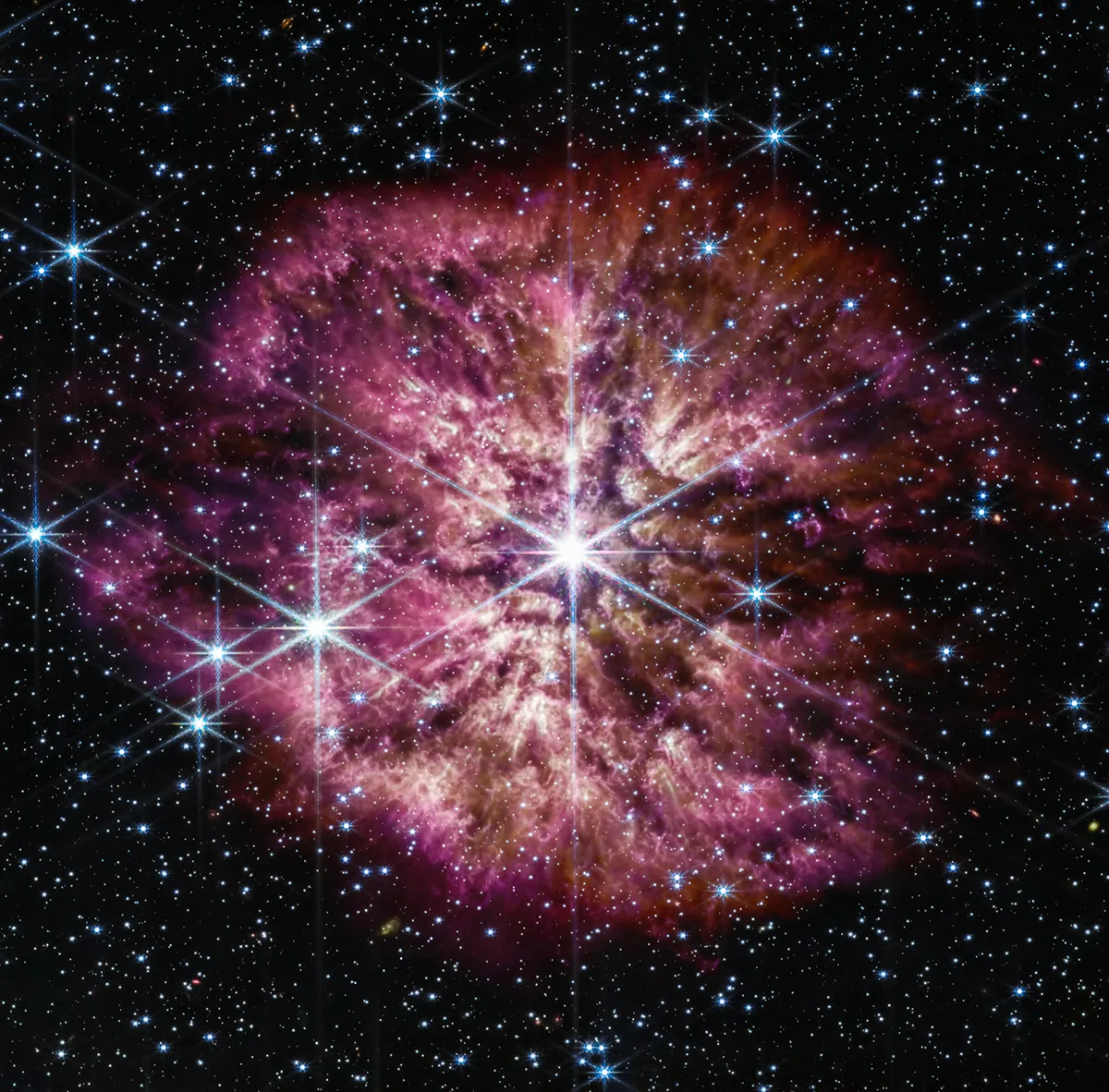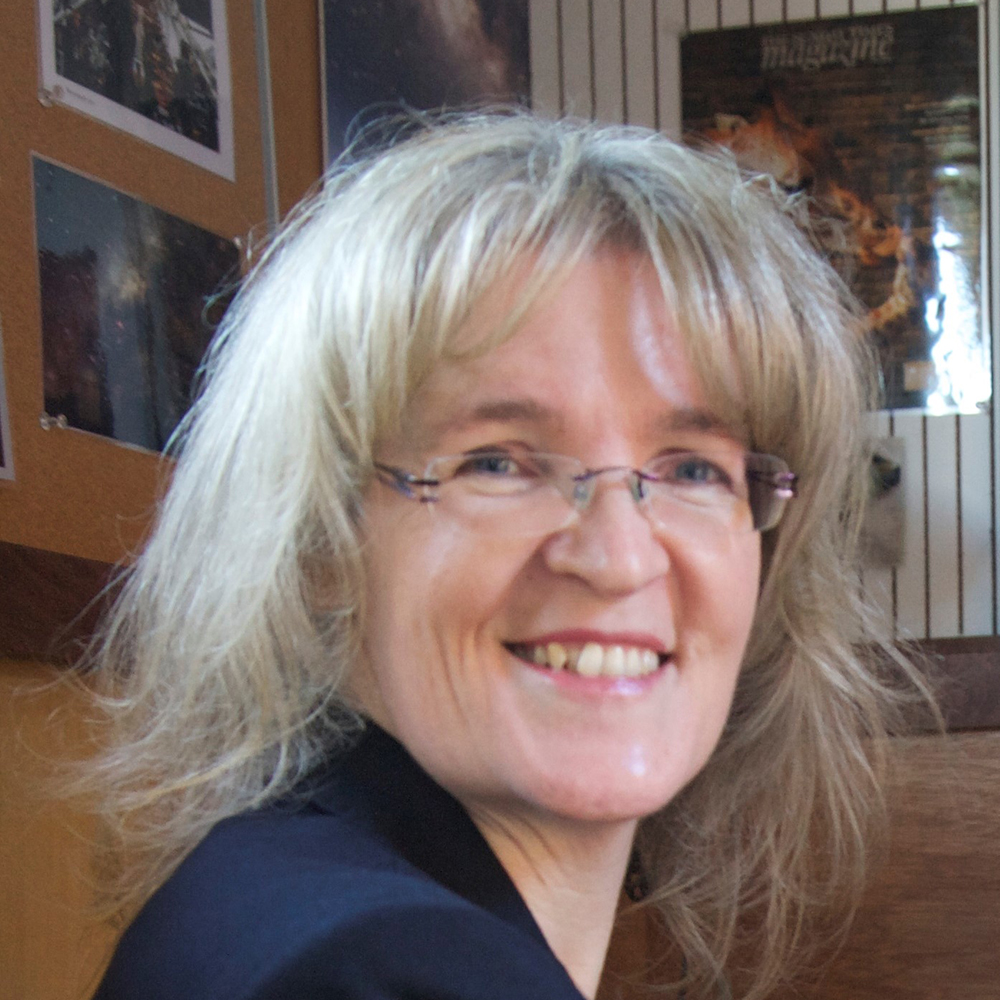On 23 July 1999, Space Shuttle Columbia launched its heaviest-ever payload: the Chandra X-ray Observatory, a new flagship telescope for NASA.
It is the world’s most powerful X-ray telescope, capable of detecting sources more than 20 times fainter than its predecessors and with a spatial resolution yet to be surpassed.
It immediately joined the ranks of NASA’s Great Observatories.

While Chandra had X-rays covered, the Compton Gamma Ray Observatory observed gamma rays, the Spitzer Space Telescope took infrared, and visible light fell under the remit of the still-operational Hubble Space Telescope.
Chandra is on a highly elliptical path around our planet, orbiting every 64 hours at an altitude a third of the way to our Moon, and returning extraordinary images.
Why X-ray?
Since high-energy X-rays cannot be observed by Earth-based telescopes and they reveal extremely hot objects and hugely energetic physical processes, Chandra has captured previously unseen phenomena.
Neutron stars, supernovae shockwaves, elusive dark energy and the mysteries lurking in the hot gas surrounding our Galaxy’s supermassive black hole.
All have been brought into focus by Chandra’s super-sharp views and ultrasmooth mirrors.
Yet the entire project has recently come under threat of budget cuts so severe they would bring a premature end to Chandra’s operation.
Despite an outcry from the astronomy community, Chandra's future is uncertain.
Although its two-year Legacy Program is ongoing, it now competes with newer projects demanding larger slices of a limited budgetary pie.
While Chandra continues, for now, to reveal secrets of the high-energy Universe, NASA marked its 25 years by releasing 25 stunning images.
Here we've put together a selection of nine of the best wonders captured by Chandra over the last quarter of a century…
Centaurus A

Resembling an inky-purple cloud sitting atop a translucent red one, at the heart of the Centaurus A galaxy is a brilliant white dot illuminating the clouds from within.
This is a supermassive black hole at the centre of the galaxy, shooting an enormous jet of particles into a star-filled sky.
Thanks to Chandra, we're also able to see the diaphanous blue bubble created by the jets (particularly visible lower right), a large structure that surrounds the galaxy.
In this composite, Chandra's view is augmented by X-ray and optical data from the ESO/MPG telescope in Chile and the IXPE satellite.
Read about Chandra's observations of a jet shooting out of Centaurus A.
The Crab Nebula

A supernova remnant about 6,000 lightyears from Earth, the Crab Nebula was first observed by Chinese astronomers in AD 1054.
In Chandra's view, we see at the nebula’s heart – inside what looks like a purple mushroom in a colourful web of filaments and veins – a white dot.
This is a pulsar, a rotating neutron star emitting electromagnetic radiation.
The white rings were created by particles driven away from the pulsar colliding with gas in the nebula, producing X-rays.
The red, green and blue optical data is provided by the Hubble Space Telescope.
Read about Chandra's closer look at the Crab Nebula.
Our Galactic centre

Although the core of our Milky Way is obscured by gas and dust, X-rays are able to penetrate, allowing Chandra to give us never-before-seen views of the threads of superheated gas and outbursts from the supermassive black hole within.
In this composite image (with additions, in lilac, from the MeerKAT radio telescope), we see a row of bright spots running along the middle, but most striking is the golden-white orb in the lower-right corner.
This is the area around Sagittarius C, a bright star-forming region about 300 lightyears from the Milky Way’s central supermassive black hole.
Read more about Chandra's view of the centre of our Galaxy.
MSH 15-52

As well as producing bursts of electromagnetic radiation, a pulsar can push out clouds of X-ray-producing particles as they're driven away from the dead collapsed star.
Chandra's image of MSH 15-52 shows one such example.
Often said to resemble a skeletal hand reaching up, at the 'wrist' can be seen the pulsar as a bright-white spot, while the mottled, glowing yellow-orange ember seen just beyond the ‘fingertips’ is a low-energy X-ray cloud.
Infrared data for this composite image was provided by the Dark Energy Camera on the Víctor M Blanco Telescope.
Read more about Chandra's study of MSH 15-52.
WR 124

Wolf–Rayet stars are rare in the Universe: they are extremely large, hot and bright, and do not last as long as other stars.
Bright, massive WR 124 in the constellation of Sagitta is seen at the centre of Chandra's image, gleaming with impressive diffraction spikes.
It is surrounded by a churning cloud of expelled material (appearing as purple), while the purple and blue dots are dozens of surrounding stars.
There may be a neutron star companion, but WR 124’s stellar wind is too dense for even Chandra to penetrate.
This composite image includes data from Spitzer, WISE and JWST.
Read more about WR 124.
NGC 6872

There’s not just one galaxy at the heart of this image, but two.
Dominating the scene is NGC 6872, a large, barred spiral galaxy that spans 522,000 lightyears from the tips of its two arms.
But it’s interacting with a much smaller galaxy, seen to its left.
In fact, this smaller neighbour, IC 4970, has likely stripped superheated gas from NGC 6872 to feed the supermassive black hole at its centre.
In this composite, the purple represents the hot gases detected by Chandra, while the blue arms are visible light observations from the Hubble Space Telescope.
SN 1987A

At the centre of this image is a glowing pink ring.
This is supernova SN 1987A in the Large Magellanic Cloud, at the time the closest supernova to Earth to be observed since 1604.
The ring is shaped both by materials that were ejected by the star tens of thousands of years before the supernova and by the subsequent supersonic blast wave striking the ring, producing the X-rays that Chandra detected.
Inside the ring is a steel-blue dot containing debris from the exploded star.
Hubble and JWST’s optical and infrared data combine with Chandra’s X-ray eye in this composite.
Read more about SN 1987A.
MACS J0035

Every one of these tiny golden specks is a distinct galaxy. Upon close inspection, some are even revealed to have spiral arms.
Clusters like this one, MACS J0035, are the largest structures in the Universe held together by gravity and can contain hundreds, or even thousands, of galaxies.
They also contain vast volumes of hot gas that produces X-rays, detected as a hazy purple cloud by Chandra.
This image, which includes optical data from the Hubble Space Telescope, covers an area of around 10 million lightyears and is around 10.5 billion lightyears from Earth.
Cassiopeia A

Since the launch of Chandra in 1999, Cassiopeia A, a supernova remnant around 11,000 lightyears from Earth in the constellation of Cassiopeia, has been observed by the X-ray telescope for upwards of two million seconds. That’s more than 23 days.
X-rays here reveal the debris from the destroyed star and the blast wave of the explosion.
An expanding ball of matter and energy appears as rings of neon-blue and brilliant white, emitting veins of polished gold, in a scene described by Chandra scientists, somewhat less poetically, as a “giant, crackling, electric blue donut”.
Read more about Cassiopeia A.
What are your favourite Chandra X-ray Observatory images? Let us know by emailing contactus@skyatnightmagazine.com

